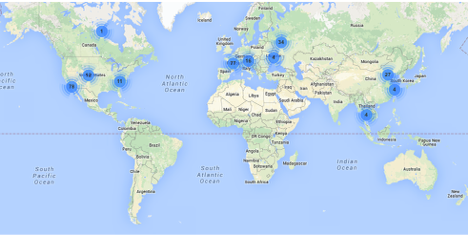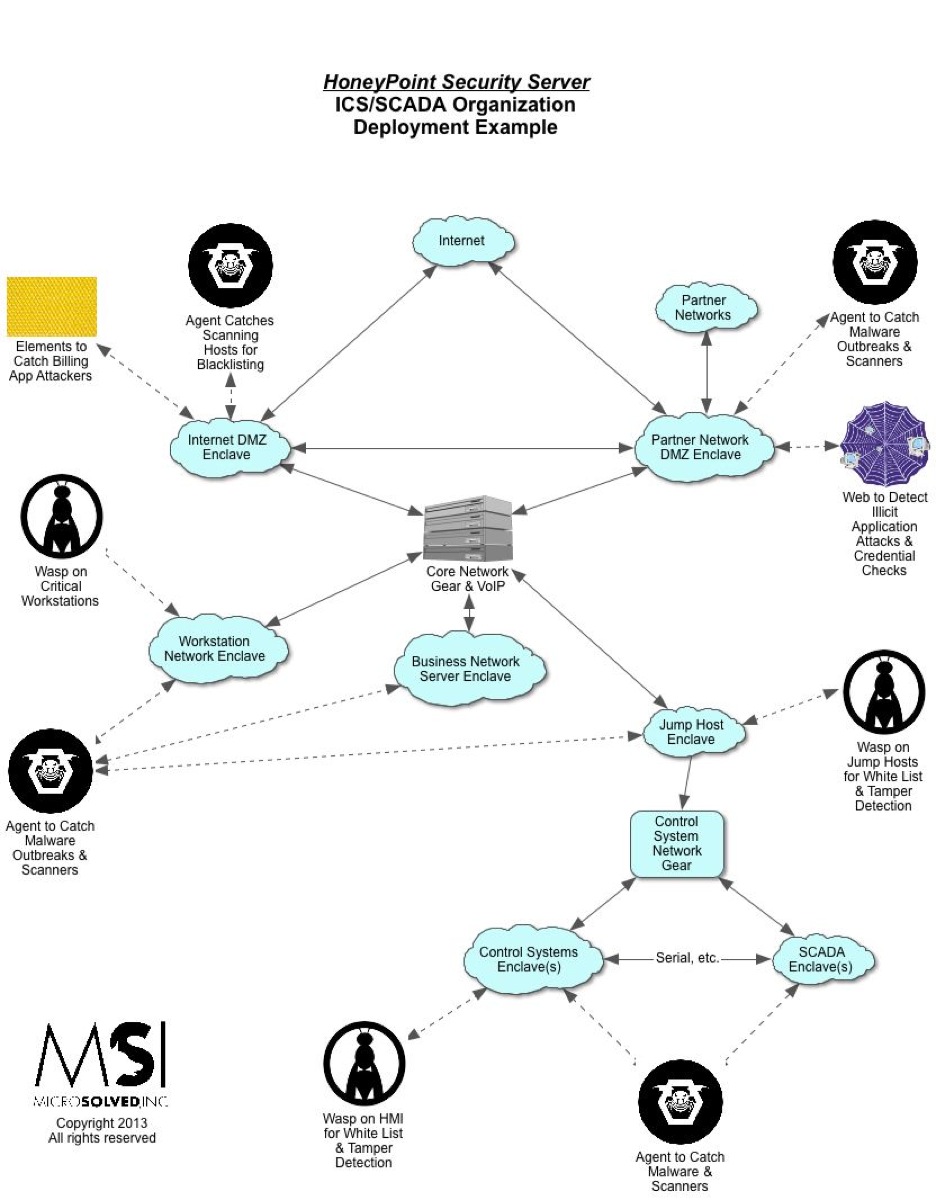This time around, we got a question from a client where HoneyPoint was being demoed for the experts.
Q: “What is your favorite component of HoneyPoint and why? How have you used it to catch the bad guys?”
Jim Klun started off with:
My favorite component is the simplest: HoneyPoint Agent.
It’s ease of deployment and the simple fact that all alerts from an agent are of note – someone really did touch an internal service on a box where no such service legitimately exists – makes it attractive.
No one will argue with you about meaning.
I have recently seen it detect a new MSSQL worm (TCP 1433) within a large enterprise – information obtained from my own laptop. The Agent I had deployed on the laptop had a 1433 listener. It captured the payload from an attacking desktop box located in an office in another US state.
The HoneyPoint Agent info was relayed to a corporate team that managed a global IPS. They confirmed the event and immediately updated their IPS that was – ideally – protecting several hundred thousand internal machines from attack.
Honeypoint Agent: It’s simple, it works.
Adam Hostetler added his view:
I’m a simple, no frills guy, so I just like the regular old TCP listener component built into Agent. We have stood these up on many engagements and onsite visits and picked up unexpected traffic. Sometimes malware, sometimes a misconfiguration, or sometimes something innocuous (inventory management). I also find it useful for research by exposing it to the Internet.
John Davis closed with a different view:
My favorite HoneyPoint is Wasp. Watching how skilled attackers actually compromise whole networks by initially compromising one user machine gives me the shivers! Especially since most networks we see aren’t properly enclaved and monitored. If I were a CISO, knowing what is on my network at all times would be of primary importance; including what is going on on the client side! Wasp gets you that visibility and without all the traditional overhead and complexity of other end-point monitoring and white listing tools.
Have a question about HoneyPoint? Want to talk about your favorite component or use case scenario? Hit us on Twitter (@lbhuston or @microsolved). We can’t wait to hear from you. Feel free to send us your question for the experts. Readers whose questions we pick for the blog get a little surprise for their contribution. As always, thanks for reading and stay safe out there!


